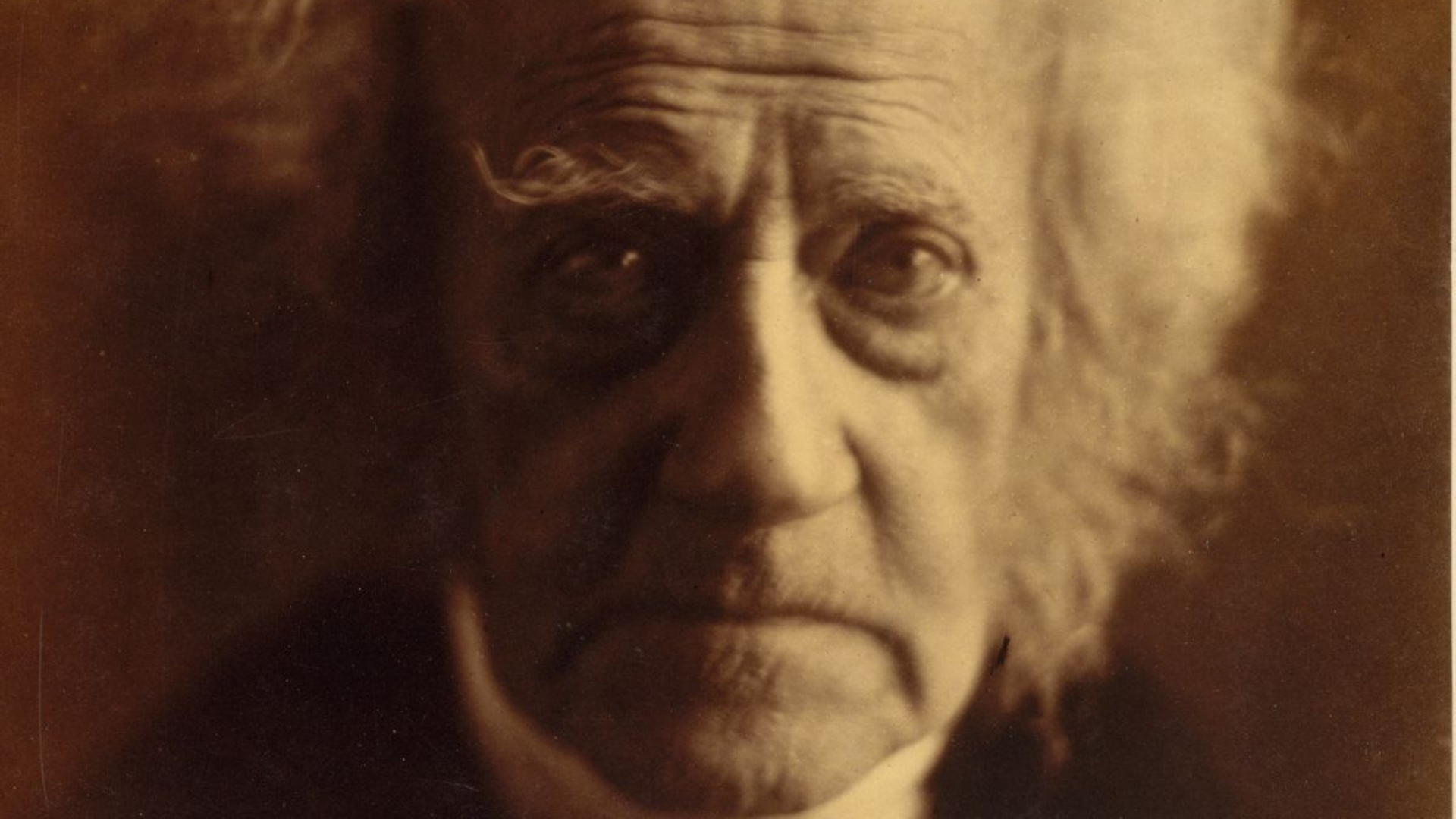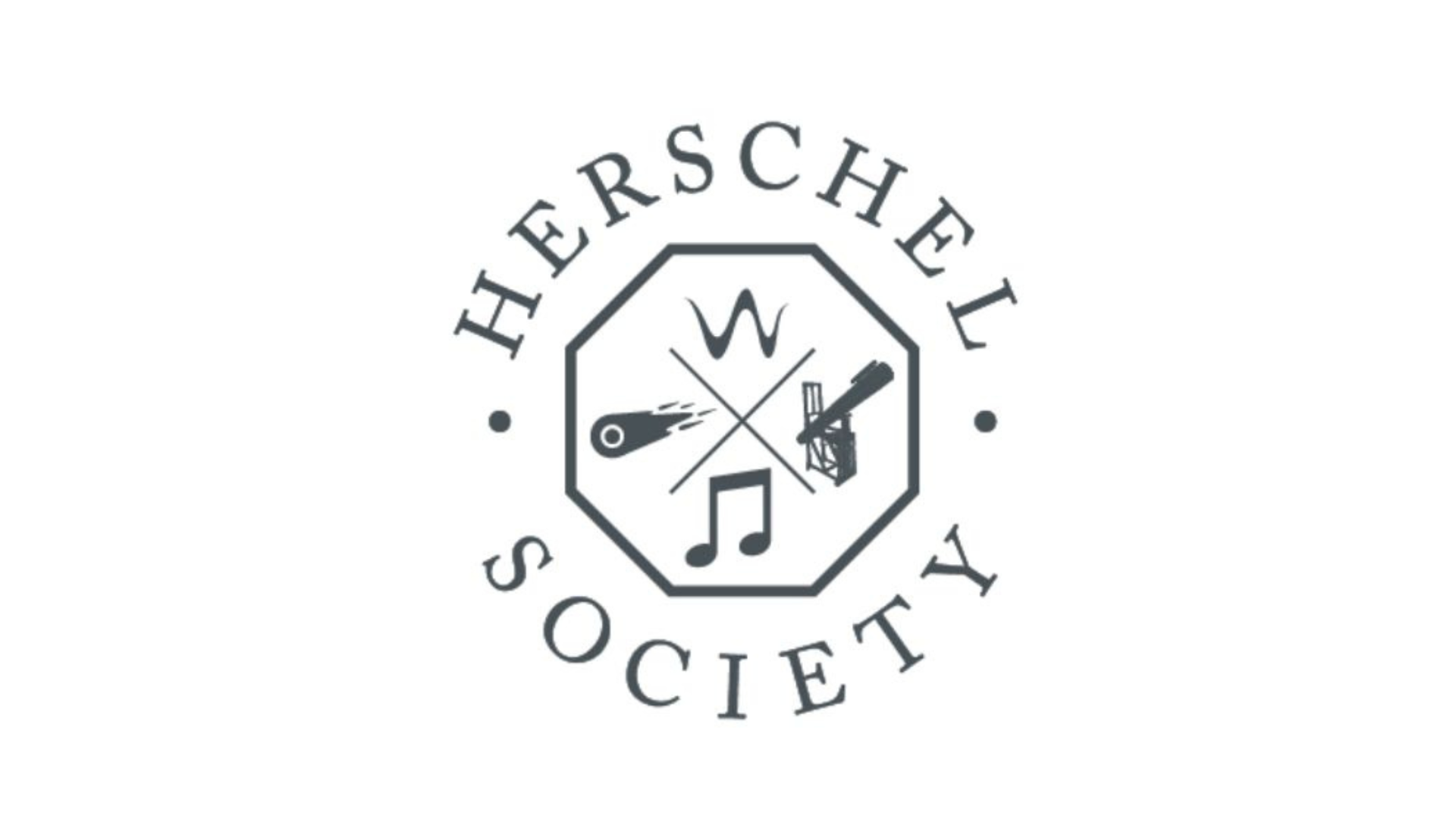You’ve heard of William, you know all about Caroline, but who was John Herschel exactly? Join Bath Royal Literary and Scientific Institution for a packed day of talks exploring the life and work of Victorian polymath, Sir John Herschel.
Sir John Herschel (1792-1871), son of the astronomer William Herschel and nephew to Caroline Herschel was the most influential scientist of the Victorian period. His long career encompassed astronomy, mathematics, physics, geology, chemistry, as well as art, literature, politics, and the invention of photography.

Image: John Herschel
Herschel’s 1831 Preliminary Discourse on the Study of Natural Philosophy was the first book in English on the philosophy of science and had a formative influence on a generation of scientists, including Charles Darwin. Being scientific in Victorian England meant to follow John Herschel’s approach to Natural Philosophy as closely as possible. This conference will explore what it meant to be him.
The day will be chaired by Herschel Society Chairman Charles Draper and promises to explore all aspects of the younger Herschel’s life from philosophy to art. Attendees will be given a biographical sketch of John Herschel, alongside talks on his enduring legacy, his pioneering astronomical observations at the Cape of Good Hope, and his work in the fields of Science, Mathematics, Geology, Art, and Photography.

Image: Bath Herschel Society
There will be ample opportunity for participants to ask questions of each of the visiting speakers and catch up with fellow conference goers over refreshments. By the end of the day BRLSI hope the third Herschel will take up his rightful place in the collective headspace of attendees and that they might leave inspired to widen both their own field of interests, as well as their knowledge of this until now little-known scientific figure.
Tickets range from £18.00 – £36.00.
For the full schedule and booking details, visit www.brlsi.org.
Related
Comments
Comments are disabled for this post.











